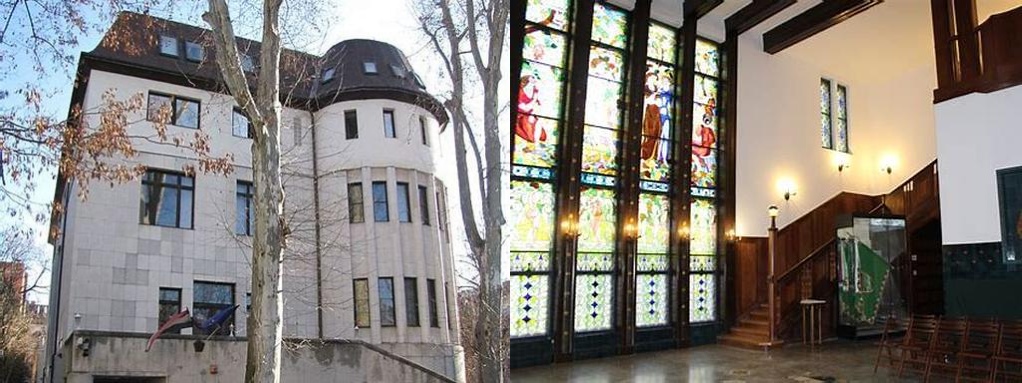
Pénzügyőr- és Adózástörténeti Múzeum sits tucked away on the banks of the Danube in Budapest, quietly preserving stories that have shaped Hungary’s national identity in ways people rarely consider. This museum, devoted entirely to the history of customs and taxation, might not sound thrilling at first blush, but give it a chance and it reveals itself to be a delightful rabbit hole for anyone curious about how nations worked out what’s fair, what’s valuable, and how rules shape daily life. For those with an appetite for hidden gems, this is a building where history feels satisfyingly tangible—and surprisingly quirky.
Open since 1987, the museum occupies part of a historic customs house, a symbolically apt choice given its subject. Walking through its doors, you’ll enter a world where border checkpoints tell as much about culture as castles or bridges. The displays take you far beyond dry ledgers and regulatory texts: you can see actual uniforms worn by customs officers, wooden trunks used for smuggling, and even mysterious objects confiscated at various points across Hungary’s borders. There’s an entire section dedicated to now-obsolete customs tools—think scales for weighing goods and old seals for marking documents—that conjure up images of serious mustached men watching wagons roll in from the wild unknown.
What makes the Pénzügyőr- és Adózástörténeti Múzeum special is its devotion to storytelling. Hungarian customs history isn’t just about what happened at the border—it’s intertwined with global events, wars, and the rise and fall of empires. Did you know that customs and taxation in Hungary go way back to the reign of Kinga of Hungary in the 13th century? The museum sheds light on how customs helped the state gain wealth and security, from medieval tariffs on salt and wine to the role of customs officials in thwarting smugglers during the World Wars.
Little-known anecdotes abound. In the 19th century, when the Habsburg Empire reached its bureaucratic peak, customs officers wielded real authority, sometimes even doubling as local detectives. There’s an oddly charming exhibit on elaborate tax tokens, a kind of physical receipt that’s somehow more whimsical than its dusty name suggests. Equally fascinating is the museum’s clever way of showcasing the perils—and creativity—of tax evasion. From hollow walking sticks designed to hide contraband to counterfeit stamps, the ingenuity on both sides of the law will probably leave you grinning.
The museum is wonderfully aware that behind every tax regulation lies a human story—farmers annoyed by tariffs on paprika, merchants hoping for a break on wine duties, and everyday people just hoping to keep a little more of what they’d earned. Archival photos and personal mementos add faces and voices to the past. You don’t need to be a history buff or economist to get pulled in; the exhibits speak for themselves, and silent video clips of busy customs posts from the 1950s add a bit of movement and nostalgia to the archive.
The setting along the Danube adds to the experience, especially if you step outside for air and look up at the city skyline. You’ll find yourself mulling over all the stories—how nations raise money, how ordinary people find ways around the rules, and how invisible borders shape tangible reality. It leaves you with a different perspective not just on Hungarian history but on the everyday business of living, moving, and trading. The Pénzügyőr- és Adózástörténeti Múzeum is proof that the smallest details can tell the biggest stories, turning an afternoon on the Pest side of Budapest into a quietly memorable adventure.





